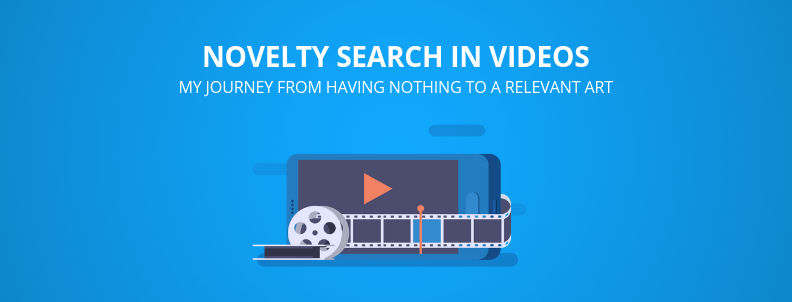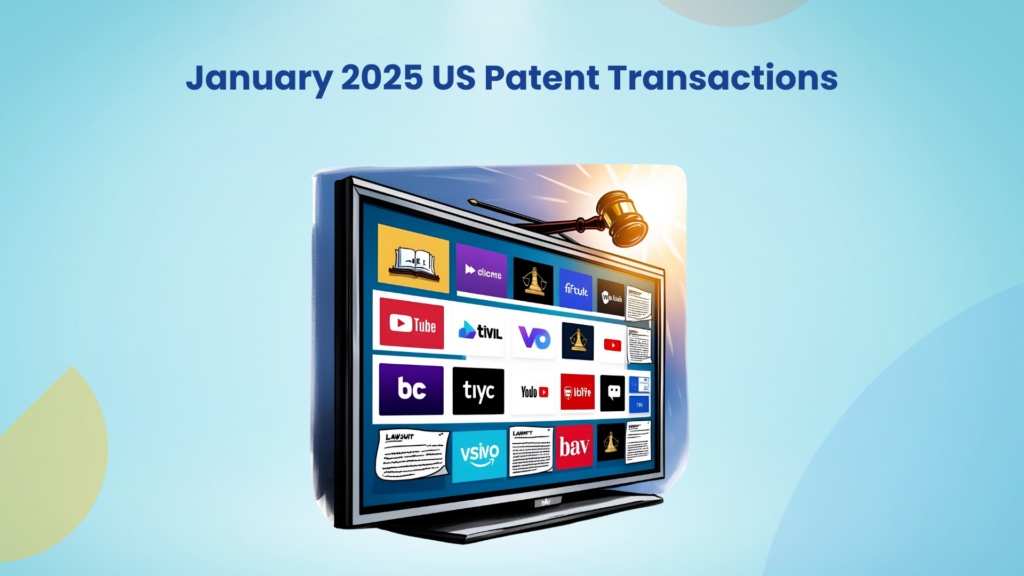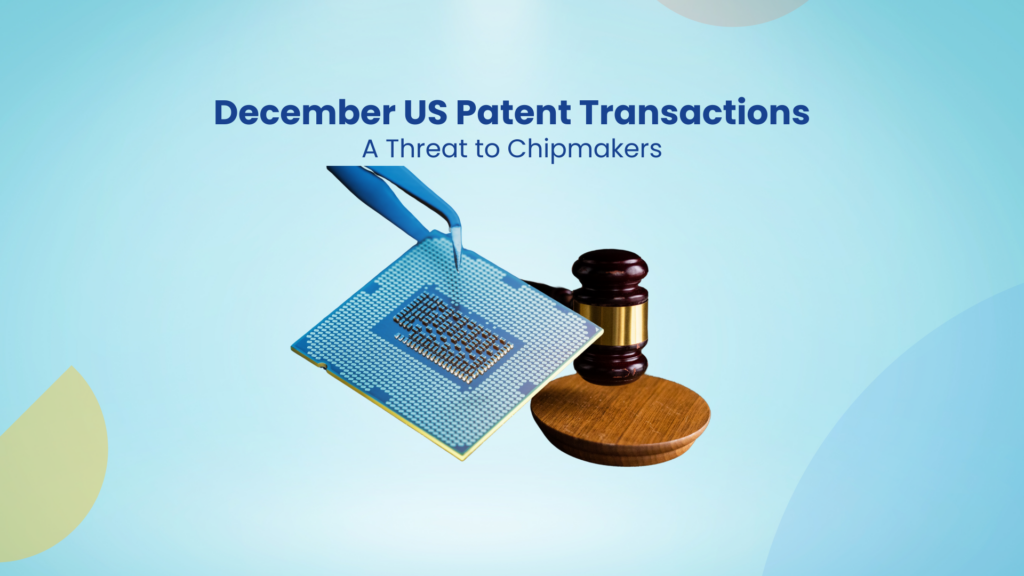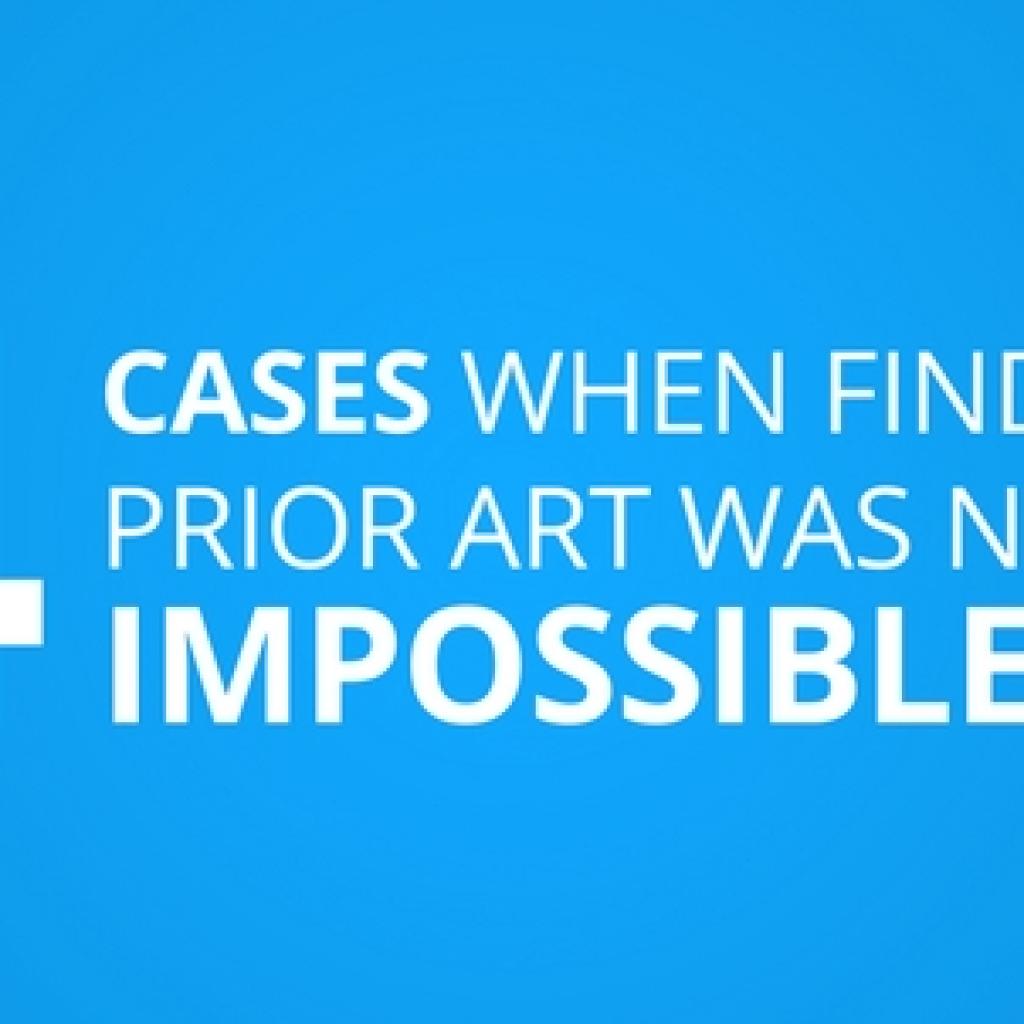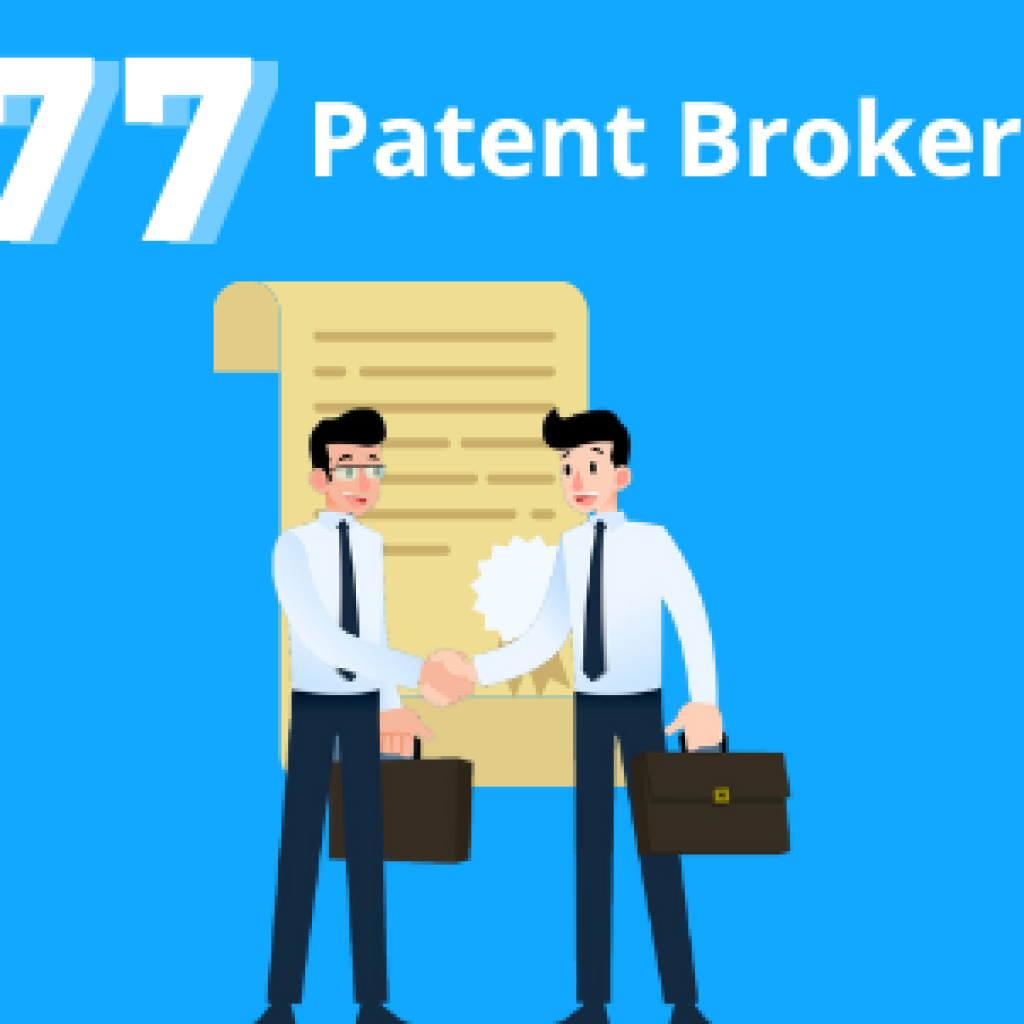After a long and hard day at work, I like to come home to a steaming cup of coffee, with toasted marshmallows on top, chocolate chip cookies on the side and some entertainment source to get my mind off work.
While some people prefer books and other television, I find watching videos very relaxing. It wasn’t this way a few years ago, but with increasing internet speeds and the possibility of streaming high definition content, binge-watching videos have become way more fun.
Over the years, I have realized that videos are not only an amazing source of entertainment but for a searcher working in the domain of IP Research, which is also a vital resource while conducting searches.
That realization didn’t dawn on me all of a sudden. In fact, it took several months before I realized this, but the bell finally rang one fine day, when I was assigned to work on a patentability search project.
Let me narrate what exactly happened.
We were reached out by a new client, one of the top players in the furniture space in the US. They were looking forward to patent a design for adjustable table and wanted a novelty search conducted to spot any prior art for the features incorporated in the table, which included – a sensor assembly to adjust the table floor height according to a person’s vertical movement (sitting/standing in front), a table floor whose shape is inter-changeable (from rectangular to triangular / V-shaped), a leg assembly which is retractable, et cetera.
We started our search by hunting for such designs in the patent domain. After all, design patents are an amazing source of prior art and often can lead to knockout results. At the end of the search, we had some good results at hand, and there didn’t really exist much prior art for the features covered in the invention.
But since this was a patentability search, we couldn’t stop there. We had to have a good number of results to be sure-short of any threat that was invented before. Now when it comes to furniture, product/design catalogs are another amazing source where there are chances of hitting solid gold. In the process, we explored a large number of table designer/manufacturer sites (IKEA) and glossaries of new ideas (half bakery, Kickstarter) to figure relevant prior art. There wasn’t anything particularly relevant.
Now, the difficulty with patentability searches is that you are given a very short timeline to conduct the search, which makes it difficult to explore all the possible avenues. I faced a similar problem with this project – The search time was running out and the analysis report was not yet completed. Asking for an extension was not an option, and resultantly, we halted the search voyage and shifted the focus to document work.
On the last day when we were about the complete the report, we (the teammates working on this project) had a general chat regarding what had been explored till date in the assignment. Each of us agreed that the design was clearly patentable as we had not come across a similar design during the duration of the search.
However, we felt we had not explored all the avenues and there were chances of something relevant being out there. But then we did not have much time in hand and had to submit the final report the next morning.
While I was lost in thoughts on what other avenues we could have explored if we had some more time, one of the team members, all of a sudden, suggested: Why not look it up on YouTube?
I was a bit hesitant initially since I had a fair lot of work pending at my end. Also, though we had invalidated patents using videos as a reference for other technologies, I wasn’t sure if we would find any quality prior art for this niche using videos.
But then I changed my mind as I thought from the perspective of the client. They clearly would want results that would help assure whether the design is truly patentable or not, to save thousands in filing fees in the short term or in the long run, the ensued loss in the patent being held invalid.
We still had 18 hours before we had to submit the report and working on the documentation part would have taken me less than a fifth of that time. I decided to dedicate a few hours for this search avenue and if I didn’t find anything relevant, I would get started on finalizing the report.
I started by performing a basic search on YouTube to spot table designs currently trending in the market. The results were not so impressive in the initial phase. I still had another hour left before my assigned deadline and decided to try some more logical keywords to have a last inning on the video platform.
I decided I’d have a look at the top 10 results and resume my report work. The first video didn’t portray any design substantially relevantly, but the second video – I didn’t believe this when I had a look – showcased the exact replica of the design under consideration. It sufficed each and every requirement the client was looking for. Without any delay, I added the latest video result to the report.
After shipping the final report the next day, we got a sudden response from the client – He thanked and appreciated our efforts. The shared results seemed good to him – and the most thriving element of his reply was “the video you identified on YouTube made us rethink our invention’s features and seems the best one”.
I learned something very important that day – Never underestimate any source when it comes to searching. Turns out, your favorite source of entertainment could be your best search weapon.
Ever since then, searching videos had been a tactic I often adopt – The least known yet most recommended tactic in the little black book of patent analyst’s strategies.
Authored by: Nilesh Singh, Senior Research Analyst, Search Team.

